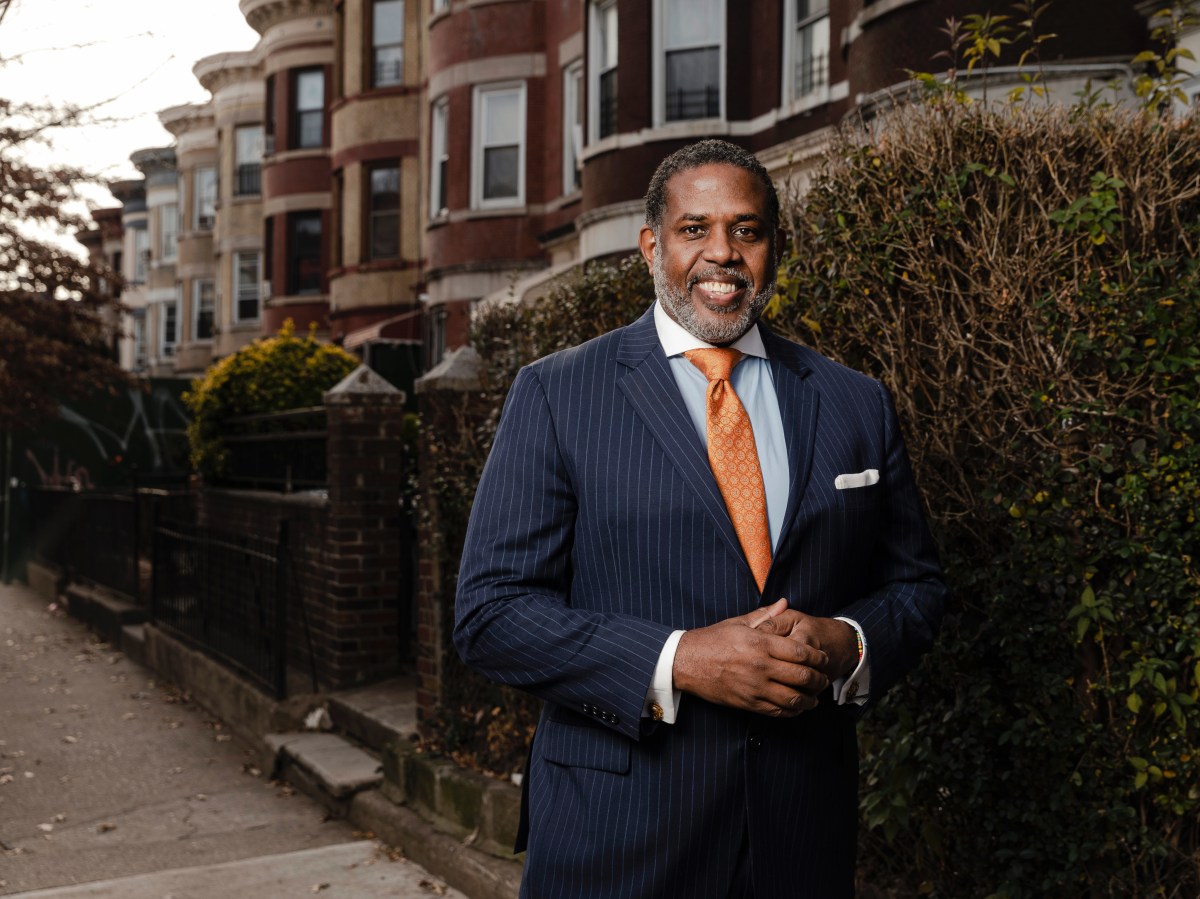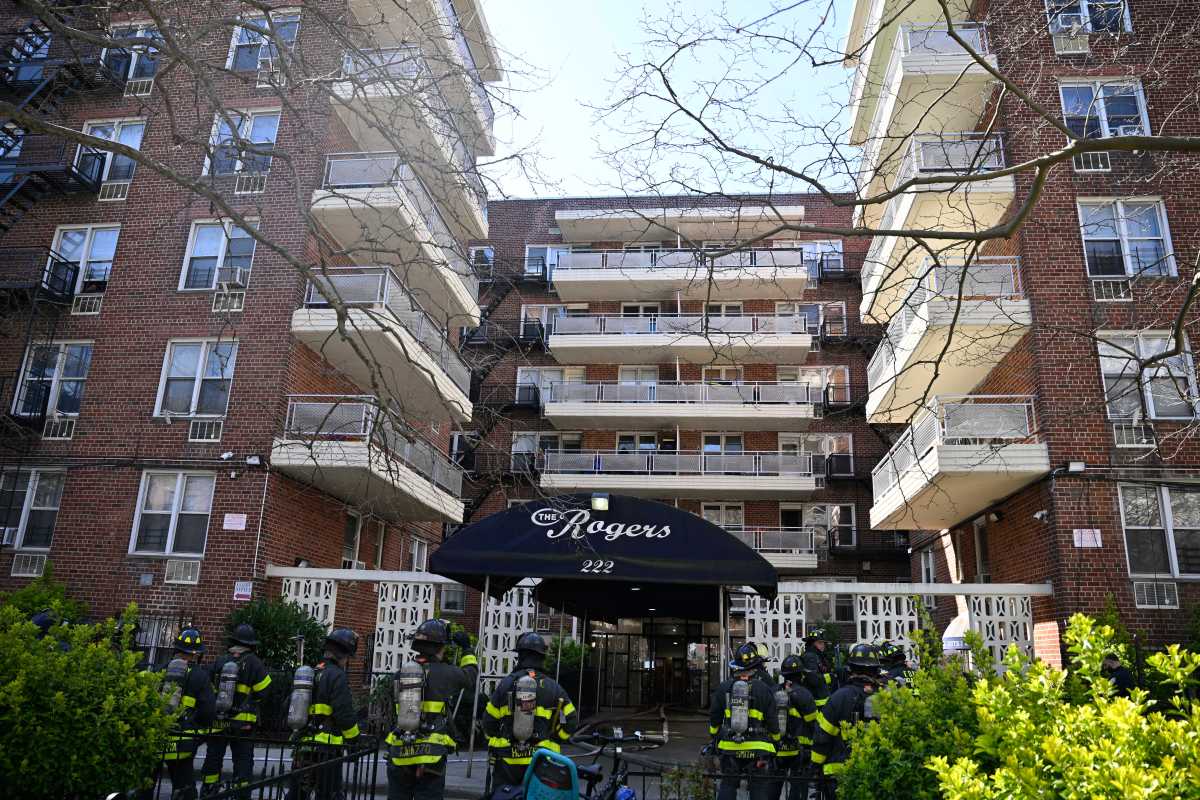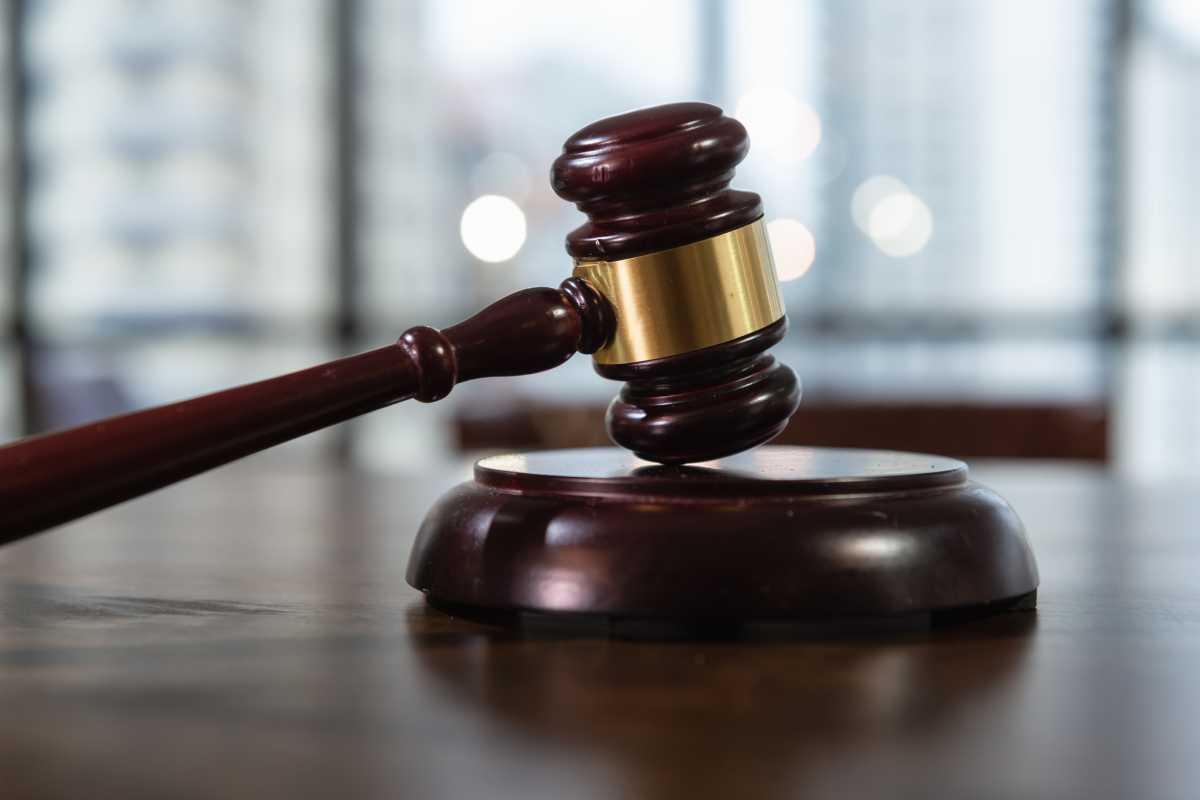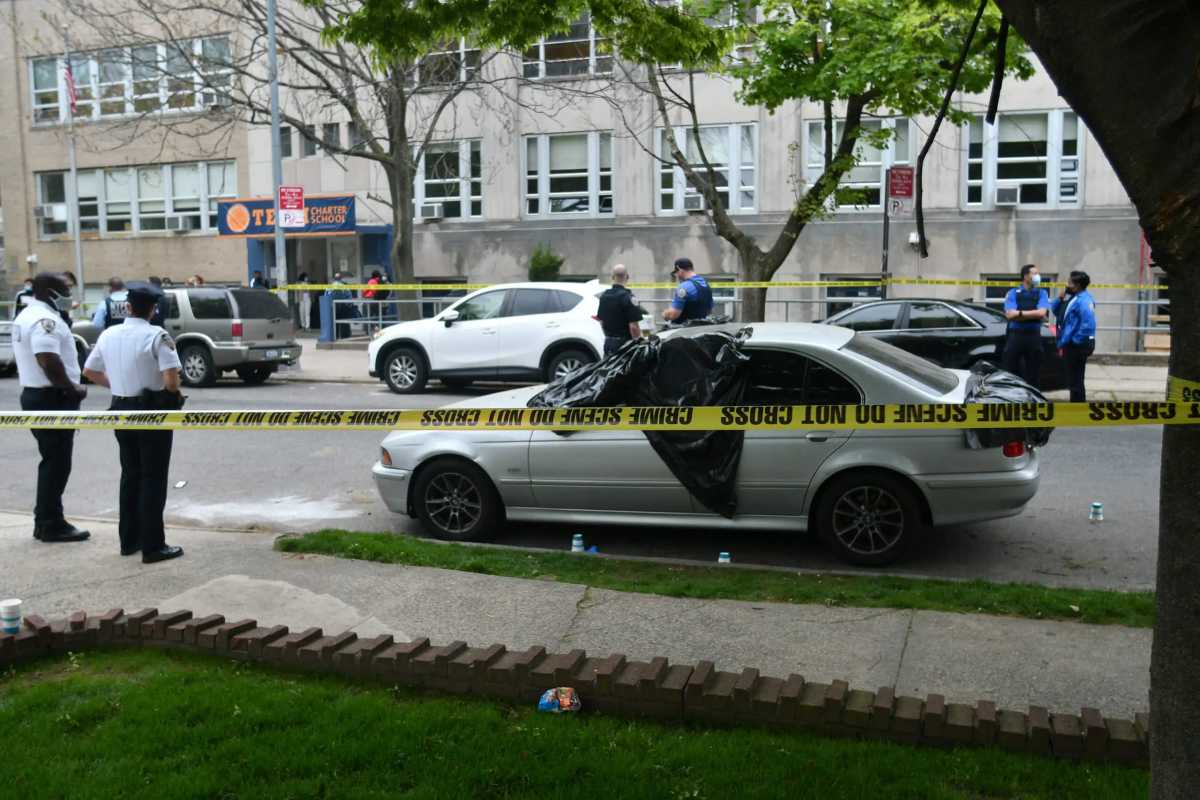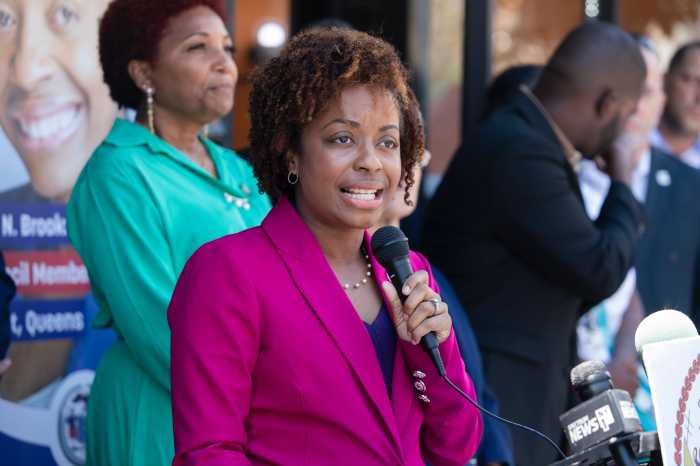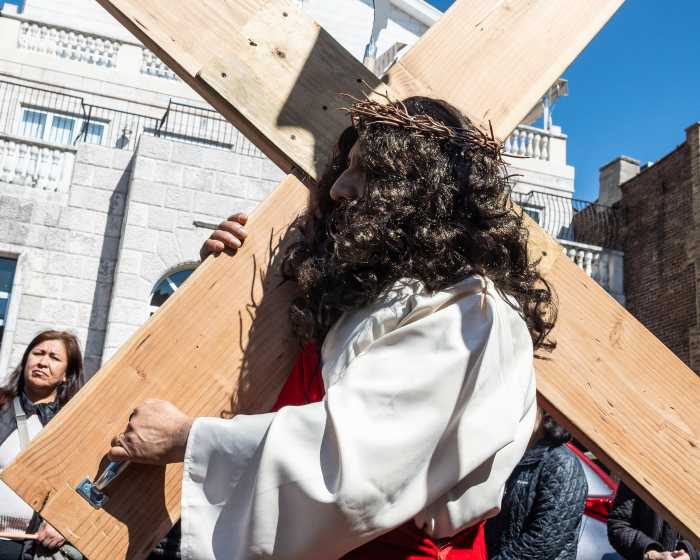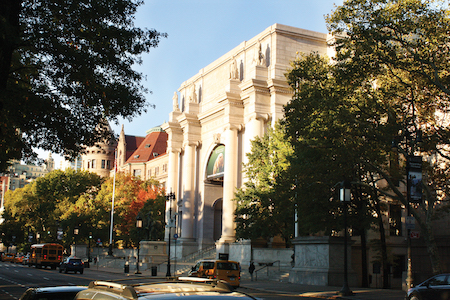
BY HELEN ROSENTHAL | In the coming weeks the American Museum of Natural History (AMNH) will put forward plans for a new educational and research facility: the Gilder Center for Science, Education, and Innovation.
The United States continues to lag behind many Asian and European countries in STEM (science, technology, engineering, and math) education. The lack of science education in many public schools is shameful. It will not only have long term implications on our country’s ability to stay competitive in a more technological world, but it will also impact our ability to understand some of the most critical issues that face our world, such as climate change.
Express Yourselves
The new science center promises to offer new and cutting edge exhibits, interactive learning spaces, digital access to the Museum’s massive research collection, and improved circulation of visitors within the Museum. In doing so, it gives us a concrete opportunity to advance science education, acknowledge its importance, and help spur the intellectual curiosity that is essential to innovation.
Expansion, with its consequent construction, often brings questions and rightfully so. The Museum expects to release their plans for the project in the next several weeks, which will kickstart an extensive community review process. The last major construction project of the Museum resulted in the wonderful reinvigorated Hayden Planetarium. Not only did the Museum build a world-class planetarium, but it also created a new public terrace and fountain, a dog park, and new landscaping for the paths on the north side of the park.
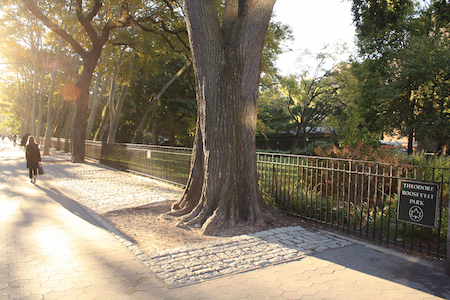
That process, however, was a frustrating one, with a limited public review process that left neighbors feeling out of the loop and some serious issues around congestion. This time will be different. Unlike the Planetarium’s construction project, which was run by State Planetarium Authority, this time the review process will be run by the City Parks Department and the City Landmarks Preservation Commission, and it will include public hearings from those two agencies, including at least two Environmental Impact Statement (EIS) reviews, and two Community Board meetings. It is also an opportunity to address some of the issues that have arisen over the years, such as the traffic congestion that has grown with the Museum’s popularity. I invite and encourage everyone to participate in these discussions to learn more and offer your views.
Based on conversations I have had with numerous community residents, I have called on the Museum to:
- Use as little parkland as possible in the new design by repurposing existing space within the Museum’s current footprint.
- Preserve the natural beauty of the space and minimize the number of trees affected by construction.
- Come up with a comprehensive and enforceable plan to deal with the congestion the Museum brings, especially from school buses.
- Ensure that Theodore Roosevelt Park remains the accessible and senior- and family-friendly community space that it is today and that the new Center contributes to that end.
I have asked the Museum to keep the community apprised of upcoming meetings, and you can stay tuned to my website, helenrosenthal.com, where my staff will post about meetings as soon as we know of them. This expansion is an investment in our children and their future. Keeping our community vibrant and thriving requires a thoughtful balance between preservation and progress. With input from the community, I believe that the Museum’s new science center will help achieve both goals.
District 6 Councilmember Helen Rosenthal represents the Upper West Side.






